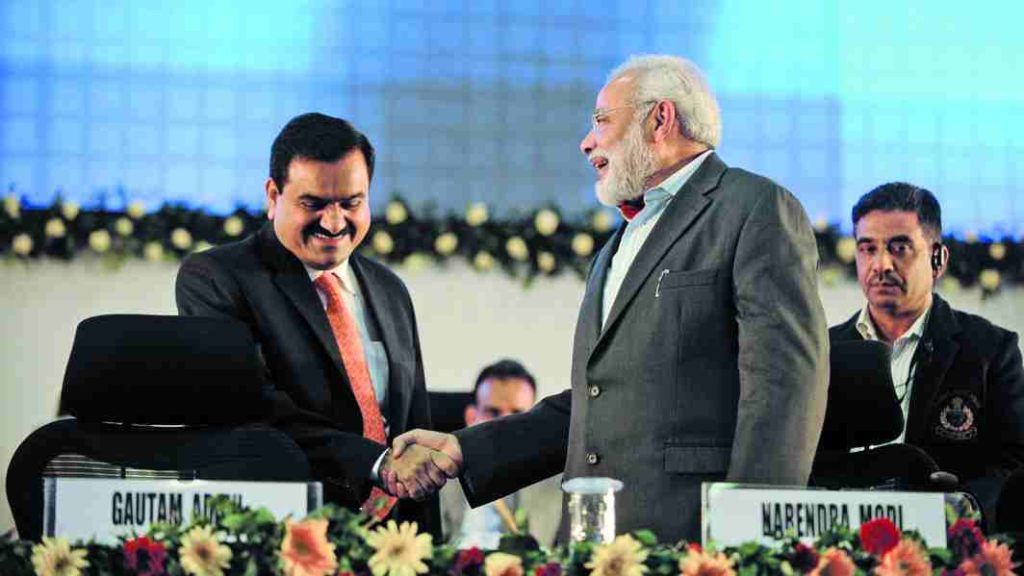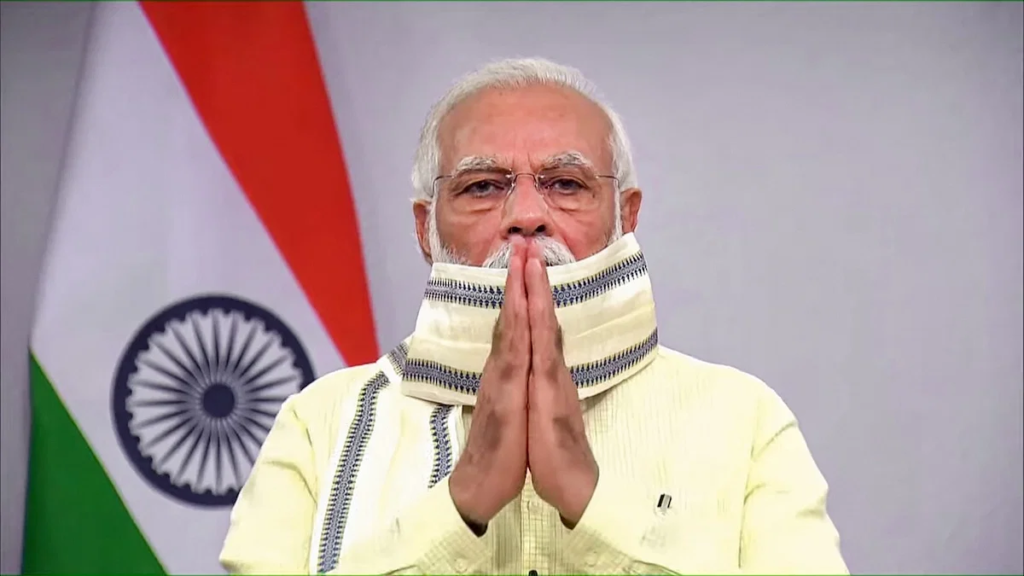Narendra Modi’s leadership, marked by economic missteps, corporate bias, educational challenges, security concerns, and unfulfilled promises, has disappointed many, highlighting the gap between expectations and reality. Here are the six reasons he is considered the worst prime minister in India’s history.

When Narendra Modi assumed office as the Prime Minister of India, he carried with him a wave of expectations. His charismatic persona, promise of development, and commitment to addressing key issues like corruption and poverty resonated with a nation eager for change. However, as his tenure progressed, it became increasingly evident that the transformation many hoped for was far from being realized. Let’s delve deeper into the reasons why Narendra Modi’s leadership is often considered one of the most disappointing in India’s history.
Six Reasons Why Modi is the Worst Indian PM
1. Social Divisions and Religious Intolerance

Narendra Modi’s time in office has been accompanied by the unsettling surge in societal divisions and religious intolerance. His alignment with the Rashtriya Swayamsevak Sangh (RSS) and the Bharatiya Janata Party’s (BJP) Hindutva ideology has sparked apprehensions regarding the erosion of India’s secular foundations. Instances of vigilante mob violence, targeted assaults on minority groups, and restrictions on dissent have cast a shadow over India’s image as a diverse and inclusive society.
The government’s often sluggish or inadequate responses to these challenges have exacerbated the notion that Modi’s leadership either overlooks or supports these actions, making him the worst prime minister of India. This climate has engendered a growing perception that the administration is either passive or actively complicit in undermining the country’s core values.
2. Great Expectations, Disappointing Reality
A sense of hope and promise buoyed Narendra Modi’s rise to power. His effective economic policies while serving as the Chief Minister of Gujarat received acclaim, leading many to anticipate similar triumphs on a larger, national canvas. The so-called “Gujarat model” he championed was centered on the commitment to deliver swift economic advancement, generate employment opportunities, and foster infrastructural modernization.
However, the transition from governing a single state to overseeing a diverse and intricate nation like India revealed a significant dichotomy. The multifaceted challenges of harmonizing contrasting cultures, languages, and socio-economic factors highlighted the substantial disparity between state-level governance and the demands of the entire country.
3. Economic Missteps and Corporate Bias

One of the most glaring missteps of Modi’s leadership was the decision to implement Demonetisation in 2016. The sudden withdrawal of high-denomination currency notes was intended to curb black money and corruption. However, the move led to economic chaos, with long queues at banks, disruptions in businesses, and a significant blow to GDP growth. Small businesses and the informal sector, which constitute a significant portion of India’s economy, were hit the hardest.
The introduction of the Goods and Services Tax (GST) was another ambitious economic reform. While the idea of streamlining the complex tax structure was commendable, the hurried implementation without proper infrastructure in place caused confusion and hardships for businesses, especially smaller ones.
Critics argue that Modi’s economic policies displayed a bias towards corporates and industrialists, often at the expense of the common people. The government’s reluctance to take strong action against influential billionaires like Ambani, Adani, and Mallya raised questions about its commitment to addressing economic inequalities.
4. Educational Challenges and Identity Concerns
Modi’s government brought about significant changes in the education sector as well, some of which drew criticism. The National Eligibility cum Entrance Test (NEET), introduced as a standardized medical entrance exam, faced backlash for its potential to disadvantage students from rural and marginalized backgrounds. The test’s structure and syllabus were seen as favoring students from urban, English-speaking backgrounds, further exacerbating existing inequalities.
Additionally, Modi’s government faced accusations of attempting to impose Hindi as a unifying language, disregarding India’s linguistic diversity. Such attempts were seen as a threat to the cultural identities of various states and regions, which have long celebrated their languages and heritage. This sparked concerns about eroding the nation’s pluralistic fabric.
5. Security and Diplomatic Hurdles

On the security front, Modi’s government grappled with internal and external challenges. The situation in Kashmir remained tense, with the BJP-PDP alliance failing to bring stability to the region. The handling of protests and security operations often led to casualties among both security forces and civilians, further exacerbating the unrest.
In terms of external relations, the government’s approach towards Pakistan was marked by inconsistency. The “Doval Doctrine,” which aimed at engaging with Pakistan, resulted in a mixed bag of outcomes. While there were attempts at dialogue, the number of martyrs from Indian forces and civilian casualties in Kashmir remained high, raising questions about the strategy’s effectiveness.
6. Unfulfilled Promises and Ground Realities

Despite launching flagship initiatives like the Swachh Bharat Abhiyan (Clean India Campaign) and Make in India, the gap between promises and reality became apparent. The Swachh Bharat mission aimed to achieve sanitation and cleanliness for all, but reports revealed that many toilets lacked proper facilities and infrastructure. Building toilets, it turned out, was only the first step; educating people about their importance and changing behavior patterns was equally crucial.
Similarly, the Make in India campaign aimed to boost manufacturing and economic growth. However, the policy environment, bureaucratic hurdles, and lack of comprehensive reforms hindered its success. The campaign’s promise of job creation and attracting foreign investment remained largely unfulfilled, leading to skepticism about the government’s commitment to economic transformation.
Conclusion

Narendra Modi’s tenure as Prime Minister of India has been marked by a series of policy missteps, unfulfilled promises, and growing disillusionment among citizens. While he did have some successes, such as boosting India’s global standing and initiating certain infrastructure projects, the failures have been glaring and often overshadowed the achievements.
The economic setbacks caused by Demonetisation and the hasty implementation of GST shook the foundation of India’s economy. The perception of favoring corporate interests over common people further eroded public trust. Educational challenges and attempts to impose a singular cultural identity raised concerns about inclusivity and diversity.
The security situation, both internally in Kashmir and externally with Pakistan and China, presented complex challenges that have yet to find comprehensive solutions. Additionally, the gap between the promises of initiatives like Swachh Bharat and Make in India and the ground realities highlighted the government’s struggle to translate vision into actionable results.
As India continues its journey, it’s crucial to critically examine the strengths and weaknesses of its leaders. While no leader is without flaws, evaluating their performance allows for a more informed perspective on their impact. Modi’s tenure serves as a reminder that leadership is not just about charisma and promises but also about effective governance, policy execution, and a genuine commitment to addressing the needs of all citizens.
Keep visiting The Ganga Times for such beautiful articles. Follow us on Google News, Facebook, Twitter, Instagram, and Koo for regular updates.
